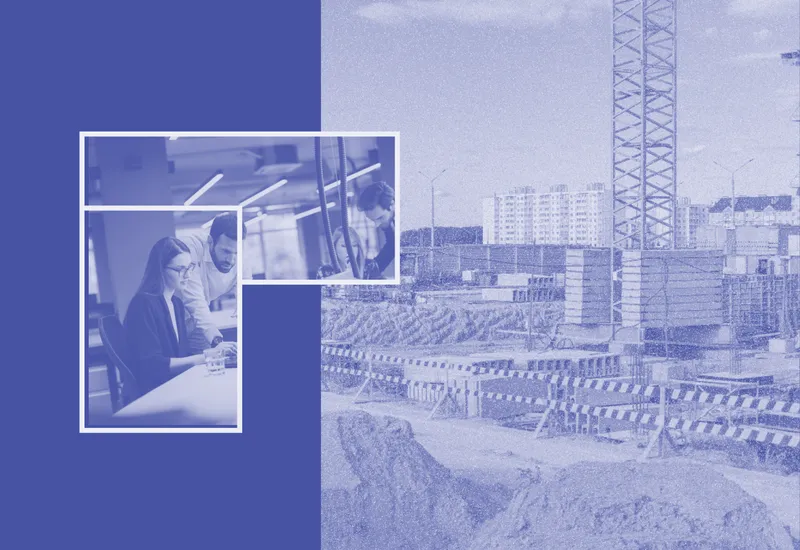The Basics of Walking with the Bank Inspector

Every loan-funded construction project will require a number of periodic onsite inspections. Since the lending institution provides the funds for the construction project, it's in their best interest to ensure that funds are used according to the project plan and that the work is progressing as expected.
Inspections are conducted in order to record the project’s progress and either provide recommendations for further funding or reveal irregularities or deviations from the project’s plan. The primary role of an inspection report is to uncover whether the project is on schedule and ensure there are sufficient funds left to complete the project. Most commonly, the inspector is a third-party representative hired by the lending institution.
The periodic disbursal of funds through draw requests is dependent on inspections. On-site inspections are designed to protect both the lending institution and the borrower. For capital partners, inspections provide proof of work completed and visibility into the materials purchased before approving further funding. Additionally, a thorough inspection helps project owners see whether the contractor is conducting the work at the scheduled pace and the desired level of quality.
Types of Inspections
Inspections are tied to the various stages of the construction project. There are three major types of inspections that capital partners order.
- Initial inspection. The initial on-site inspection is conducted prior to the commencement of the planned construction works. It serves to determine the condition of the construction site and to provide a reference point for future progress inspections.
- Draw inspections. Before a draw request is approved, the capital partner will require an on-site inspection in order to determine that the previously disbursed funds have been used in accordance with the project plan and the budget. Upon the inspection, the inspector creates a report containing a detailed account of the percentage of completed work and the expenditure of funds by each line item. It is important to note that the percentage of completion is not directly dependent upon the amount of expended funds but upon the inspector’s assessment of progress. Lending institutions can vary significantly in their treatment of stored materials and deposits, and it is essential to be informed on what is the preferred way of handling said items.
- Final inspection. Once the construction work is completed, the capital partner will require the final on-site inspection to determine that the project is indeed complete and that there is no further work necessary, in accordance with the project’s plan. The release of retainage is usually dependent on the findings of the final inspection.

The Inspection Report
When submitting a draw request, the borrower provides a status report on the current progress of the project. The role of an on-site inspector is to determine whether the information provided in the report corresponds with the actual state of work items and materials at the construction site. Most commonly, the inspection report will include the following:
- A detailed account of the percentage of completion of all line items
- A detailed analysis of cost statements
- Photographic evidence of on-site conditions, including stored materials and the current state of the construction project
- A review of any existing change orders
- Any inquiries made by the borrower or the contractor
Depending on the nature and the scope of the project, the report may include additional documentation, such as various permits, taxes, or insurance.
On-site inspections are an essential part of a construction loan. It's in everyone’s best interest that the construction project runs smoothly, and the assurance provided by periodic inspections can only work towards solidifying a quality collaboration between all involved parties.
















